Unsane: A Taut Thriller of Confinement and Paranoia
A straightforward yet genuinely unsettling thriller about a woman trapped in a mental institution against her will.
Sawyer Valentini, a young bank employee, is relentlessly stalked, forcing her to relocate to a new city for safety. Just as she begins to relax, the persistent fear of her stalker lurking in the crowd drives her to seek help from a psychiatrist at Highland Creek Behavioral Center. Exploiting her frayed nerves, the doctors convince Sawyer to stay overnight. However, the new environment triggers her aggression, leading to her confinement for seven days “for her own safety.” But Sawyer feels anything but safe, as she spots her stalker among the hospital staff – the same man who has been pursuing her for two years, invading her home, and scrutinizing her every move. Yet, no one believes the woman deemed mentally unstable, and even she begins to question the line between reality and the machinations of her troubled mind.
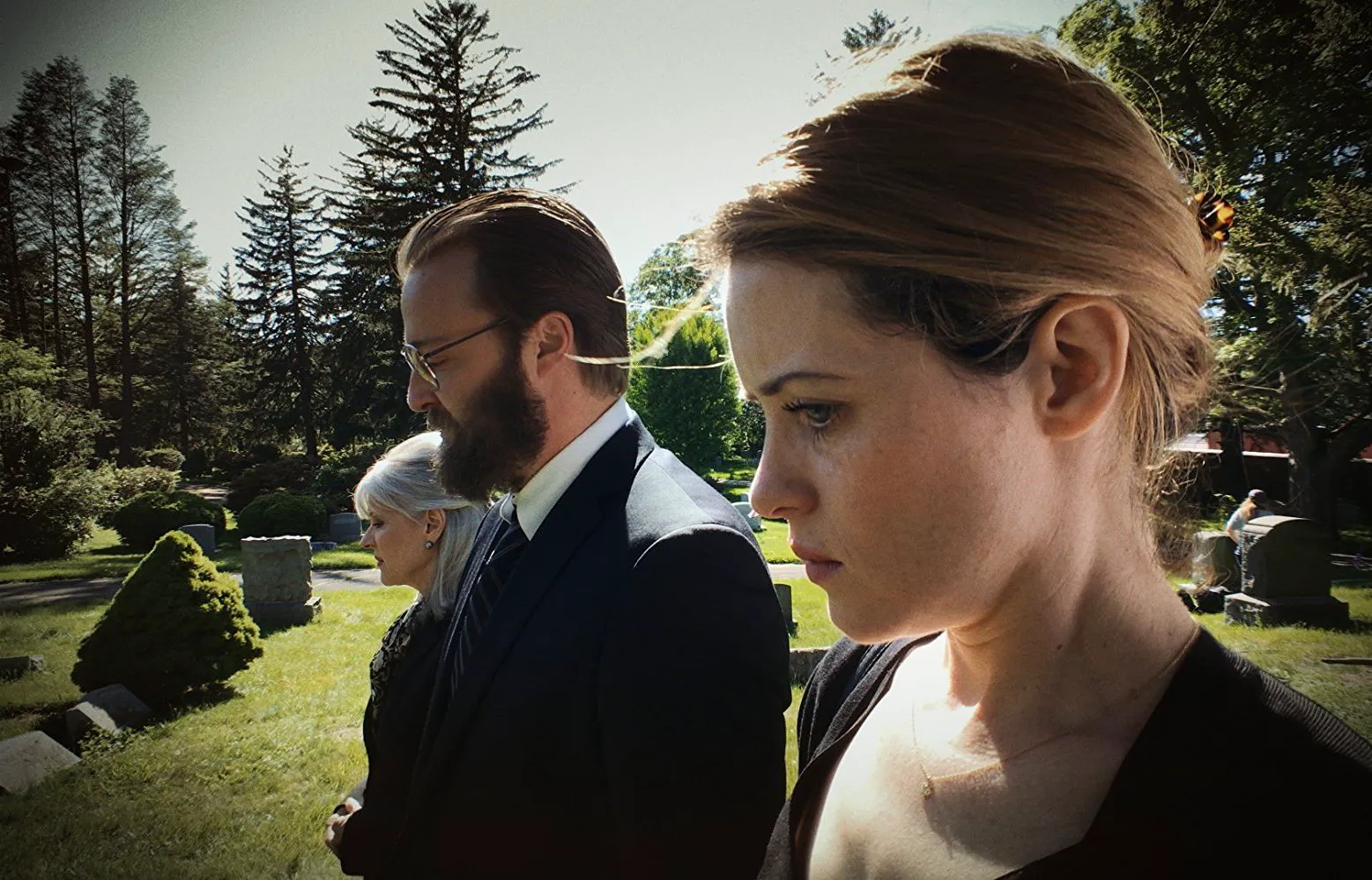
The film was shot in just ten days under complete secrecy, using an iPhone 7 Plus and the FiLMiC Pro app.
Even a cursory glance at the promotional material for Steven Soderbergh’s “Unsane” highlights the fact that this thriller was filmed entirely on an iPhone. This is often presented as a groundbreaking achievement, something no one had previously considered. Unfortunately, this technical aspect often overshadows the essence of the film, preventing viewers from appreciating Soderbergh’s true accomplishment. “Unsane” deserves recognition not for its unique visual style, but as a classic example of a psychological or even psychiatric thriller, executed with such simplicity and precision that it puts many other filmmakers to shame. Soderbergh has crafted a genuine genre gem, and while others focus on the surface, the real magic happens within.
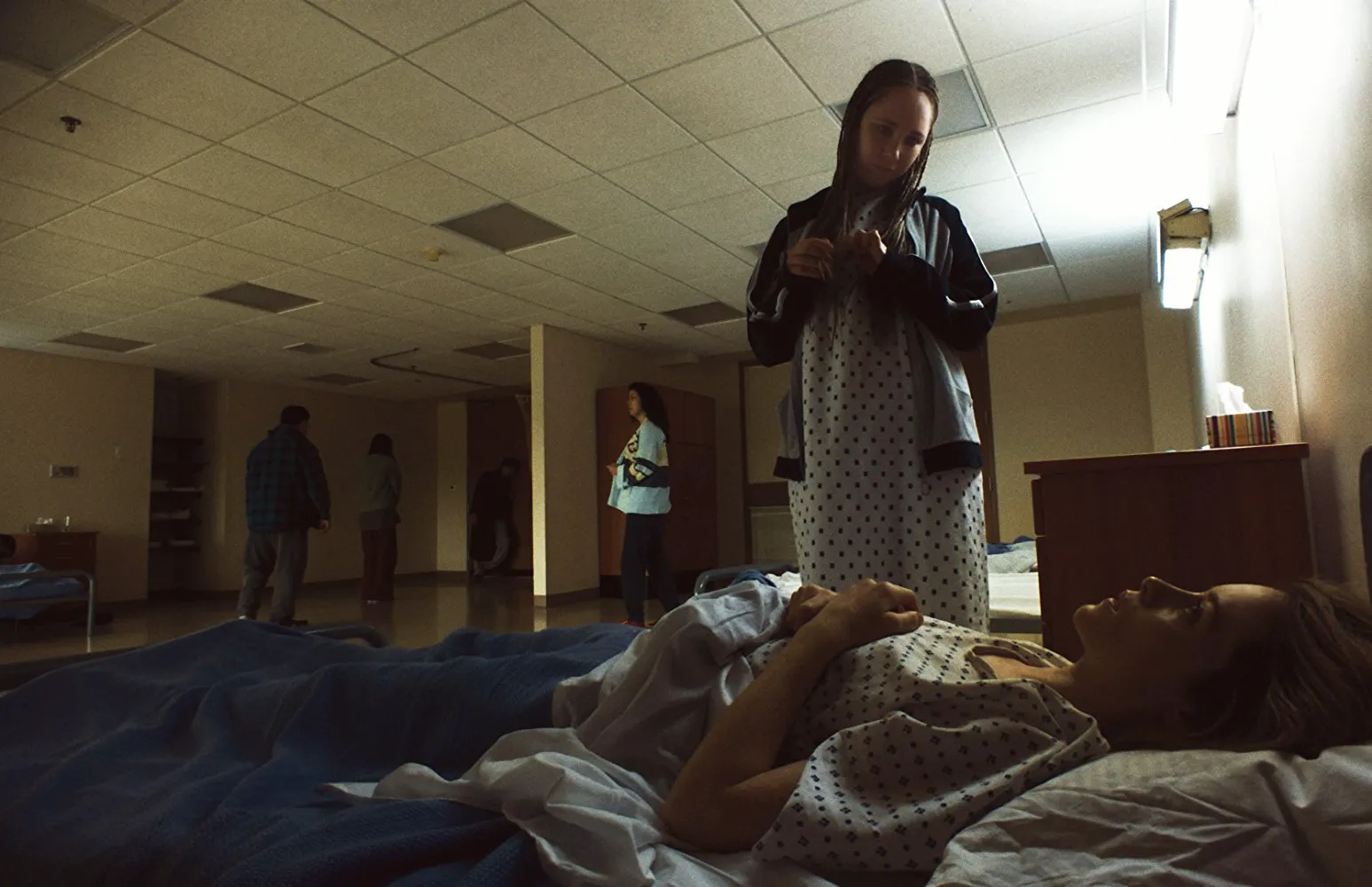
According to actor Joshua Leonard, filming on an iPhone significantly reduced the time needed to reposition equipment between scenes. What used to take an hour or two was accomplished in 10-15 minutes, allowing the actors to maintain their focus on their characters.
Soderbergh’s Return to Genre Filmmaking
It’s worth noting that Soderbergh had previously announced his retirement from cinema, intending to focus solely on television. Fortunately for his fans, he has broken that promise and continues to deliver excellent films, perhaps even more revealing than before. This applies to both “Logan Lucky” and “Unsane.” Soderbergh has embraced pure genre filmmaking, abandoning postmodernism and narrative experimentation, which has resonated with fans who have been longing for honest cinema. “Unsane” is a straightforward thriller, reminiscent of the 70s and 80s, exuding a palpable sense of danger for its characters. Soderbergh revels in this directness.
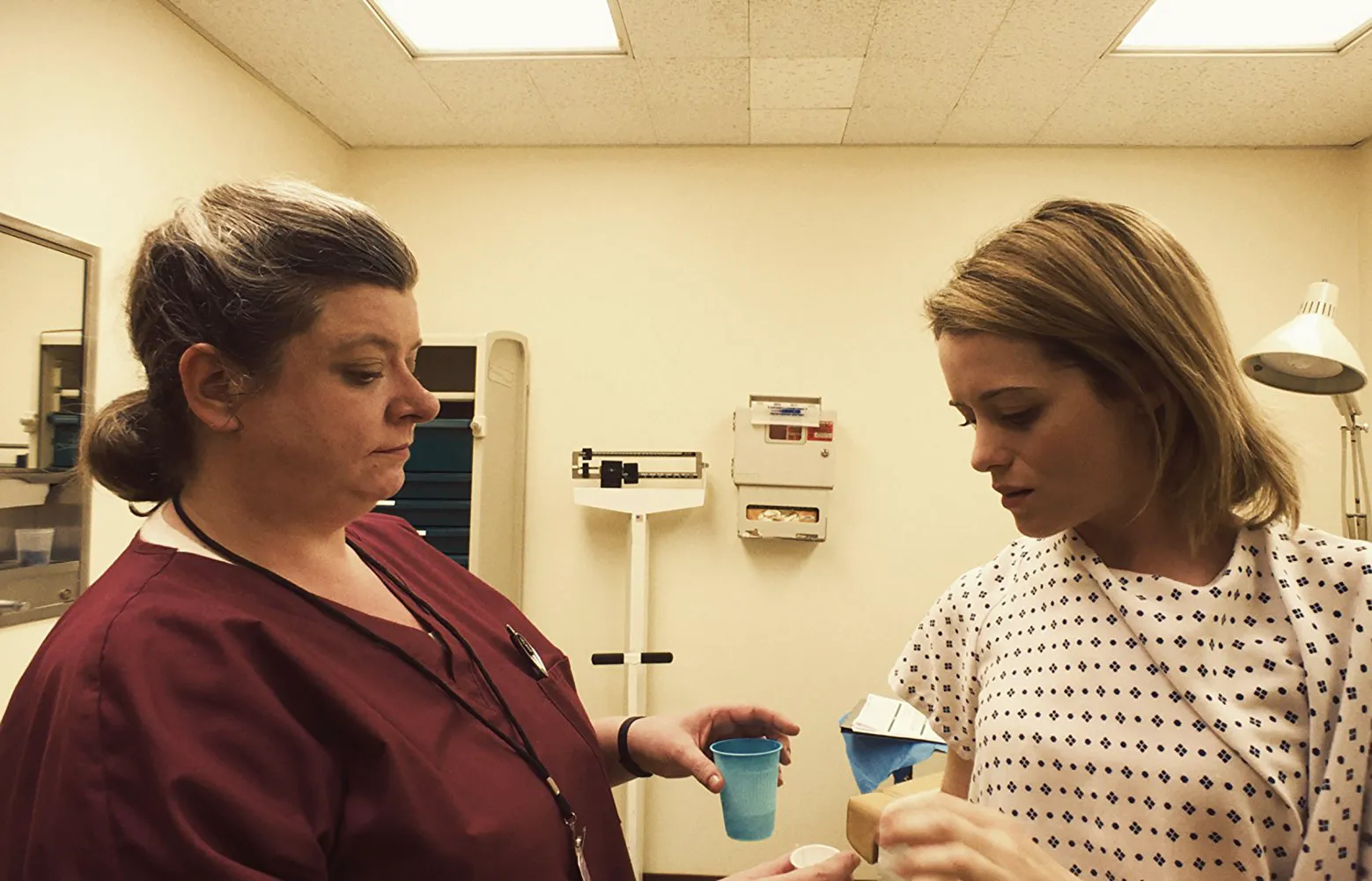
A Classic Unreliable Narrator
The plot unfolds as a classic unreliable narrator scenario. The audience is introduced to a likable, hardworking woman who gradually becomes more “unstable,” obsessed with the idea of being stalked and increasingly aggressive. At some point, you begin to wonder if she truly belongs in a mental institution. Doubts about her sanity arise, creating a skillfully constructed back-and-forth, ultimately leading to a brutal and cautionary resolution. Soderbergh effortlessly guides the viewer down dark paths, never allowing a moment to breathe. This alone makes the film worthy of high praise.
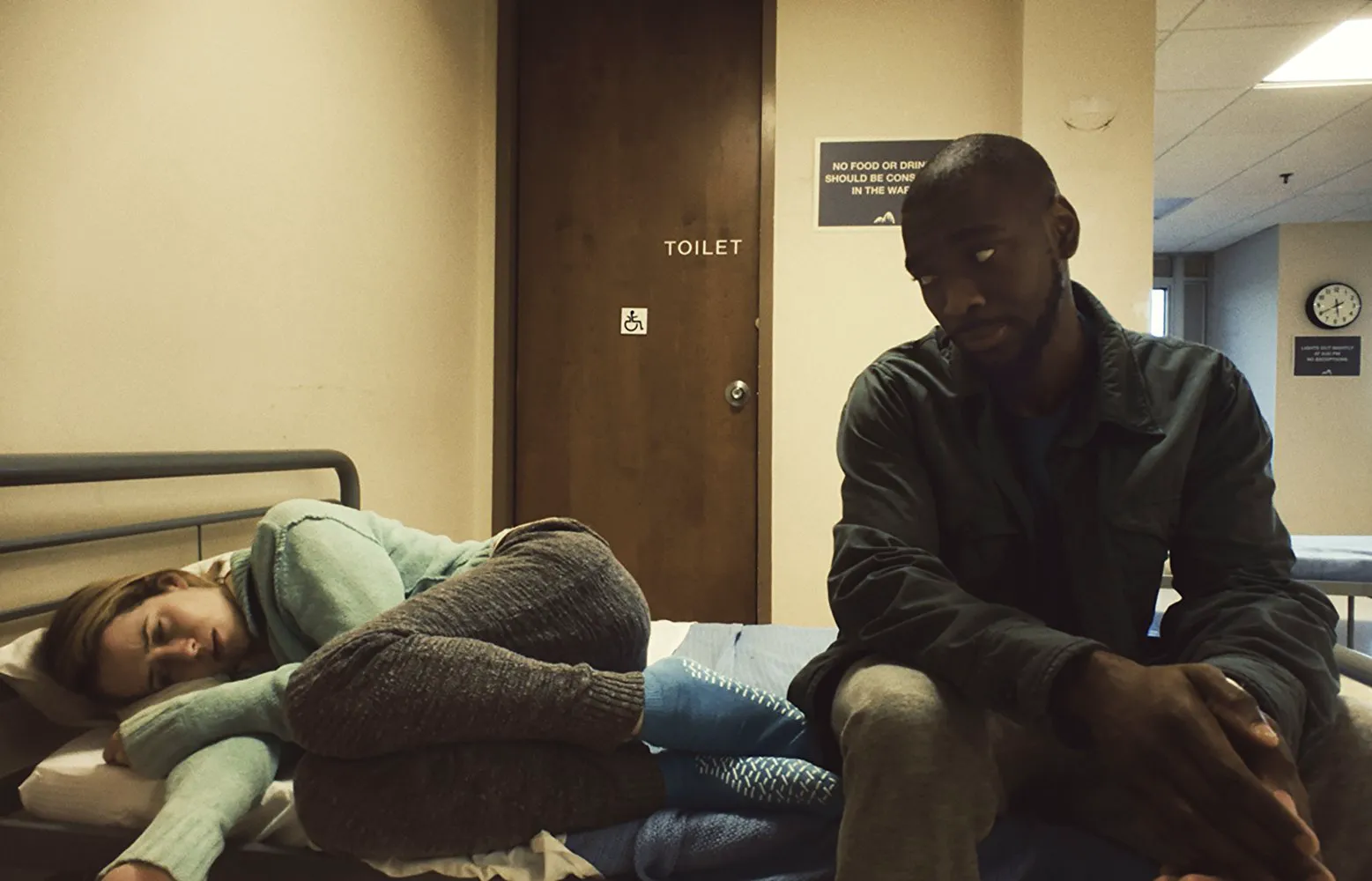
Social Commentary
However, Soderbergh remains true to form by subtly inserting social commentary into his film. He casually critiques the questionable system of medical insurance, highlights the helplessness and disinterest of the police, alludes to harassment, and offers a critical perspective on lawyers. Furthermore, a brief cameo by Matt Damon illustrates a disturbing “decline in morals,” as the protagonist is encouraged to accept her fears, however real, and learn to live with them. Soderbergh openly mocks this modern tendency to compromise on everything.
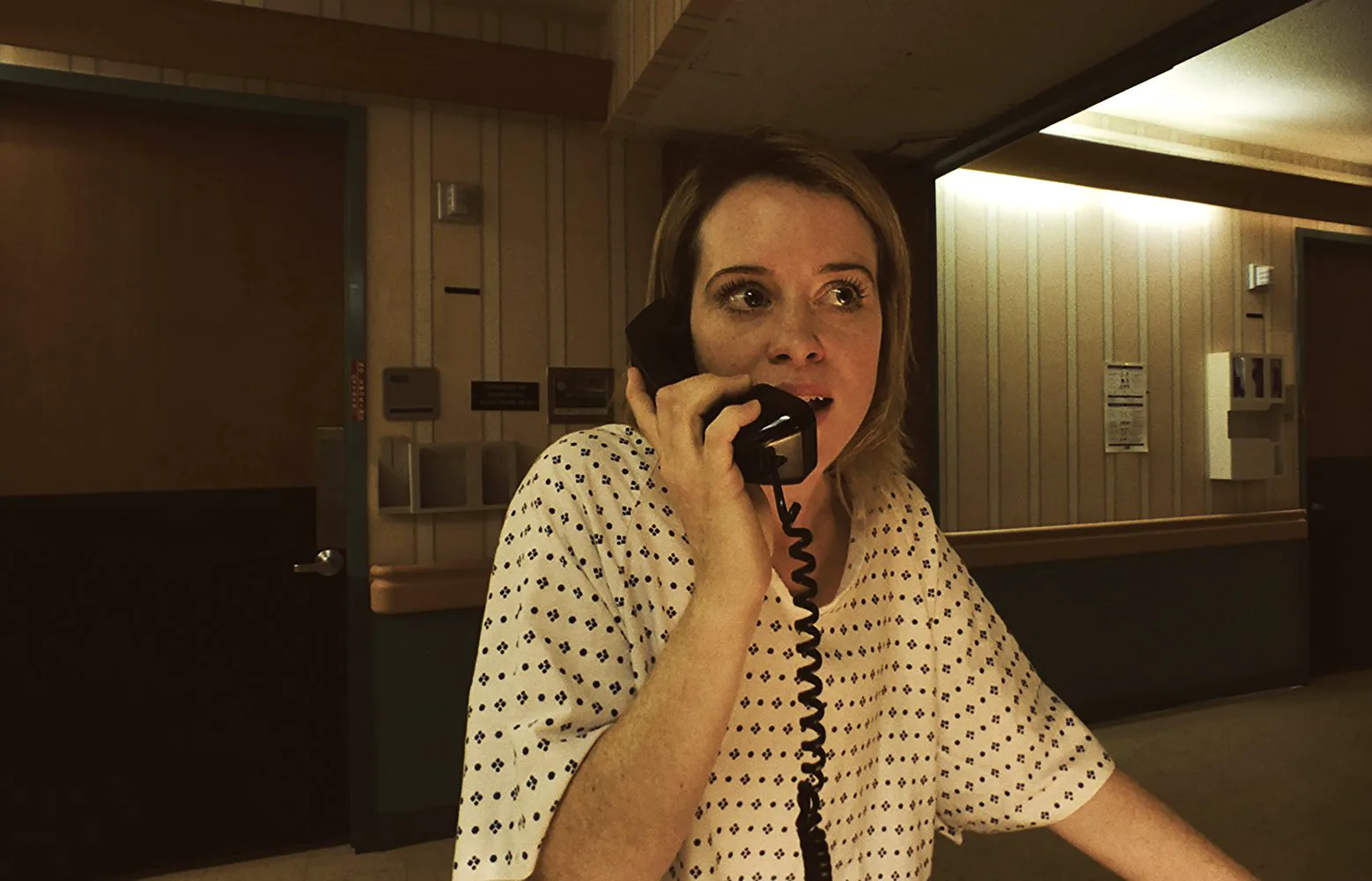
Claire Foy’s Stellar Performance
Returning to the thriller aspect, the only minor drawback is Soderbergh’s early reveal of the truth. The real situation could have been concealed for longer, but the director chose not to complicate the story and clarified matters in the second act. Despite this, the tension remains high, as the film’s greatest asset is Claire Foy’s brilliant performance in the lead role. She excels in every situation presented by the director. In her moments of madness, Foy strongly resembles a miniature version of Sarah Paulson, who played a whole host of psychotics of varying degrees of intensity in “American Horror Story.” While the supporting cast is not particularly outstanding, Foy elevates the overall quality of the film.
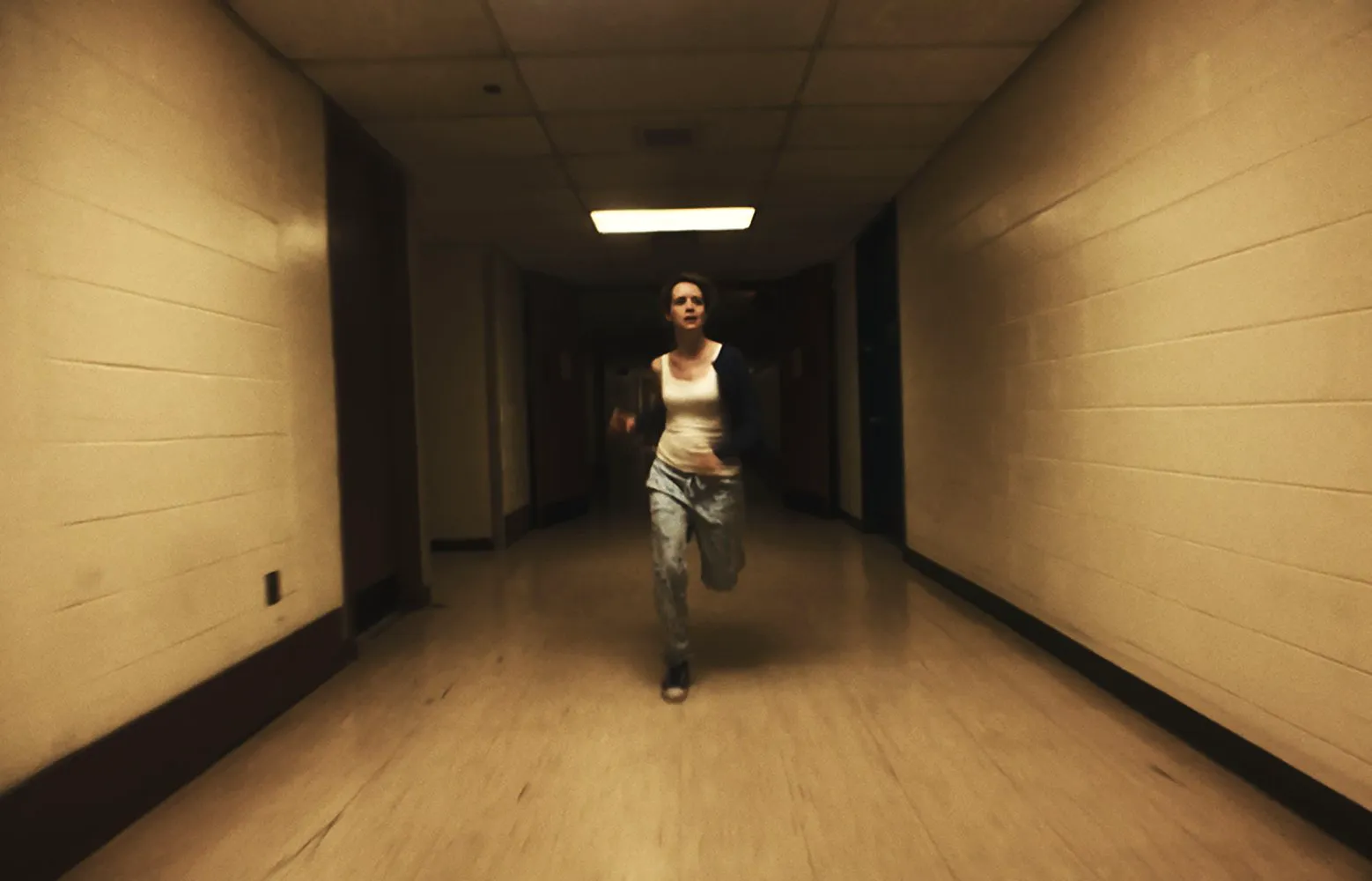
The iPhone Aesthetic
As for the iPhone footage, one can find flaws in the visuals of “Unsane” if one looks hard enough. The image is often darker than we are used to, with a cold, digital light, and at times resembles a television report. However, this technology also has its advantages. Soderbergh, for example, utilizes unusual angles, placing the smartphone in locations where a traditional camera would be too cumbersome. The director boldly uses close-ups or, conversely, moves the lens back, distorting perspective and transforming the tiny space of a cell into a full-fledged scene. But this is where the master’s touch comes in; a director of Soderbergh’s caliber can make a good film even with limited resources.
And “Unsane” is a good film. Not outstanding, but very focused and concise. This is what a true genre film should be, whether it’s a horror or a thriller. Soderbergh has demonstrated to his followers not so much the accessibility of filmmaking without professional equipment, but the possibility of creating without regard to trends.